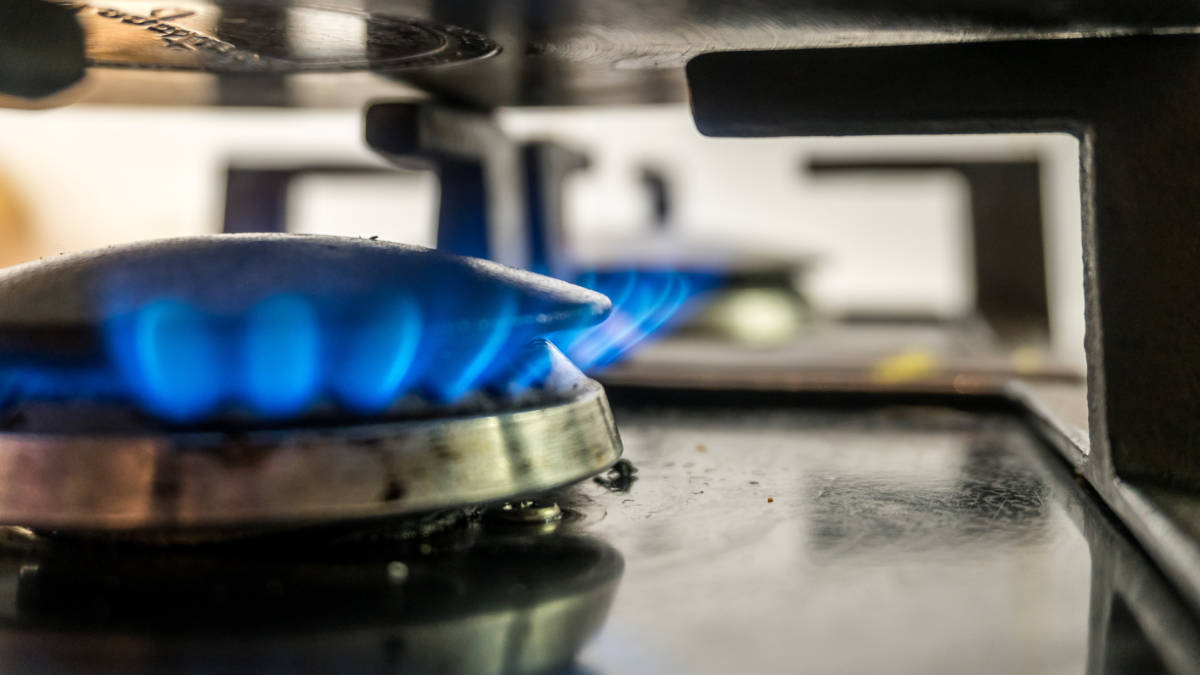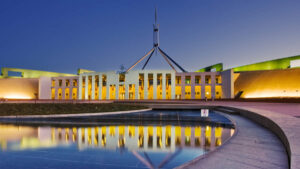MoneyTalks: Here’s an explorer that could ease eastern Australia’s future gas supply blues

OMA has the potential to help ease the projected gas supply shortage in eastern Australia. Pic: Getty Images
- Omega is poised to drill a horizontal gas well that could prove the commerciality of its Canyon project
- This will have increased exposure to the target reservoir compared to a nearby third-party vertical well is already flowing gas
- Success will also allow the company to secure partnerships to deliver a significant gas development
With growing expectations that eastern Australia will see a supply shortfall, ASX listed specialist resources investment fund Strata Investment Holdings believes that gas explorer Omega Oil & Gas (ASX:OMA) – in which it holds a material interest in – is a “hidden gem”.
OMA is a ~$60m market cap focused on exploring its deep Permian gas assets within Queensland’s Taroom Trough – a proven, large-scale tight gas play where several operators including supermajors such as Shell are actively de-risking the play.
Unlike newer basins such as the Beetaloo Basin in the Northern Territory, the Taroom Trough in the Surat-Bowen Basin benefits from close proximity to pipelines, access points and other infrastructure.
The company itself has not sat idle, having drilled two successful discovery wells – Canyon-1 and Canyon-2 – that intersected high gas readings within 394m and 360m intervals respectively.
It has also finalised a contract with Ensign Australia for the drilling of the Canyon-1H horizontal well, which is expected to spud in Q3 2024 and will be the first horizontal drilled into the highly prospective Canyon Sandstone at the base of the Kianga Formation.
Gas supply shortfall
This comes as the Australian Energy Market Operator (AEMO) forecast in its latest 2024 Gas Statement of Opportunities that eastern Australia could experience shortfalls on extreme peak demand days from 2025 and small seasonal supply gaps from 2026.
The supply gap will increase in magnitude from 2028 as gas production in southern Australia declines and demand for gas-fired electricity generation increases from mid-2030s due to the retirement of coal generators.
Strata chief executive officer Michael McNeilly says the reason eastern Australia is facing the gas supply crunch is due to underinvestment, a lot of exporting and increased investment in clean energy.
“There is a lot of underinvestment in gas for domestic purposes. Clearly the government recognises this with their recent announcement that Australia will ramp up its extraction and use of gas until 2050 and beyond as it represents a crucial role in supporting the Australian economy,” he added.
“More exploration, investment and development will be needed. It accounts for 27% of the country’s existing energy needs and is a robust market, you have got a vibrant export market with key trading partners and a great domestic market.
“I think by 2028 by all accounts, and of course they are projections and are subject to being revised, you should be seeing quite a substantial shortfall of gas for the domestic market unless there is investment in further production or incentive pricing kicks in.”
A hidden gem
McNeilly believes that a substantial part of the future production needed to meet the supply shortfall will come out of the Taroom Trough, which has the likes of Santos (ASX:STO), Shell, Elixir Energy (ASX:EXR) and OMA.
He notes that OMA is just 40-50km way from infrastructure, allowing it to just plug into the Wallumbilla Gladstone pipeline. This allows the company to get into production quickly if the targeted unconventional sandstones can be successfully fractured and stimulated.
“That’s really the appeal and why we are investors in this play and equally you are seeing early success out of Elixir who have done a vertical well and they are already getting about 1.2MMcf (million cubic feet) per day on a stabilised flow test, unstimulated,” McNeilly explained.
He noted that OMA’s share price is trading at 22.5c even after raising more than $20m last year through a share placement at 18c.
This placement saw the Flannery family and Tri-Star Group increasing their stakes in the company with McNeilly noting that OMA’s share register is dominated by quality investors with probably 85% of the shares on issue held by the top 20.
He added that with the company having secured a drill rig that had completed or nearly completed three horizontal wells for Shell that are about 25km northwest of where OMA’s project is, the company will soon move to drill the horizontal well, which differs from EXR’s vertical well that flows gas at a substantial rate.
“The difference between vertical and horizontal is that they are going to hit a much larger area on their resource site, which will hopefully liberate a lot more gas,” McNeilly said.
“It is a de-risking factor for the company, but it also allows them to accelerate their development plans as well.
“Once that is de-risked, given the amount of time and the technical team they have behind them, and the success of Elixir has on only a vertical well, it is going to really cross quite well to where Omega is sitting at a substantial discount to Elixir is especially considering that a horizontal well has the option to stack and covers a much larger portion of the reservoir surface and can result in increased flow rates which is what is needed to demonstrate commerciality.
“If it does flow at 4MMcf/d, you could be looking at a multi-billion dollar NPV potential, and you are looking at company right now with a market cap of just under $60m with extremely deep pocketed and experienced investors in Illwella (the Flannery family) and Tristar.”
Looking to the future
A successfully horizontal well will also likely see OMA bring partners to table to help develop the project with McNeilly noting what while individual wells were not hugely capital intensive – optimising project economics would require more wells.
“You could be looking at anywhere from – depending on what the floor rates are – six wells for a really base case lower capex, lower output operation all the way up to 18-20 wells, which is what you will typically see if someone farms in at the project level to help fund a lot of cost and infrastructure,” he added.
“They have seen a lot of interest from a lot of third parties who are interested in their project, I can’t speak for them but I think once they finally get drilling in Q3, any success there, which given the experience that Tri-Star has in unconventional oil and gas as well as the quality of the register, I think you are going to see some partnerships materialise quite quickly.”
McNeilly also contrasted OMA with EXR, noting that while EXR had a market cap of $130m and several other project, they were not really progressing at the moment relatively to what they are doing on the east coast.
“Omega has already come out and proven 1.73Tcf 2C contingent resources. We are already talking about a substantial resource here and they are obviously very confident that their approach to go straight into horizontal following their initial drilling will bear success,” he said.
“If you are looking at this from an investment perspective, where are you getting value uplifts?
“You are really getting the value uplift from this next campaign and there will be some speculation at this stage. After that, it is partnerships and execution.
“They are very well financed, they have about $18.5m at the end of March, I think that’s the clear differentiator when you start looking at them.”
Omega Oil & Gas share price today:
Related Topics

SUBSCRIBE
Get the latest breaking news and stocks straight to your inbox.
It's free. Unsubscribe whenever you want.
By proceeding, you confirm you understand that we handle personal information in accordance with our Privacy Policy.








